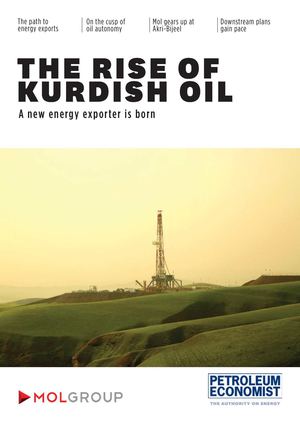Gas Plus Khalakan (GPK), the sole contractor of the Khalakan PSC in the Kurdistan Region of Iraq, has issued an end-2017 operations update regarding the Shewashan field.
Oil Sales:
Total payments received by GPK for oil sales now amount to $9.0 million representing 190,115 barrels of GPK entitlement oil sold through to the end of September 2017. Sales from October to December has been invoiced through the traditional operating procedures in place with the KRG Ministry of Natural Resources.
Oil Production:
In total, cumulative field production to date exceeds 1,300,000 barrels of oil. Current total field production is 1,000 barrels per day. Total oil production for the 3rd quarter 2017 was 81,207 barrels and 422,027 barrels have been produced in 2017, up to and including 1 December 2017.
These amounts are significantly below that required to meet forecast annual production targets and break-even economics. There are two main reasons for this lower production.
Firstly, water production rates in the Qamchuga formation have limited oil production rates. The Qamchuqa formation is heavily fractured and many of these fractures are connected to the aquifer.
Secondly, production rates from the Shiranish and Kometan reservoirs have been limited, due to these formations having a tight matrix, with their fracture network being not as developed and extensive as in the Qamchuqa reservoir. GPK continues to recomplete the four Shewashan wells to limit water production in the Qamchuga and stimulate the Kometan and Shiranish reservoirs to facilitate greater production rates.
This activity is summarized below:
Shewashan #1:
Current production rate: 350 bopd and <5% water cut from the Qamchuqa reservoir. Recompletion plans include: perforation and acid stimulation of the Kometan reservoir.
Shewashan #2:
Current production rate: 650 bopd and low water cut from the Kometan reservoir. Recompletion plans include: Larger acid stimulation in the Kometan to increase the production from perforated intervals (45m) and a possible propped hydraulic frac in the Shiranish reservoir which has yet to be tried in the field.

